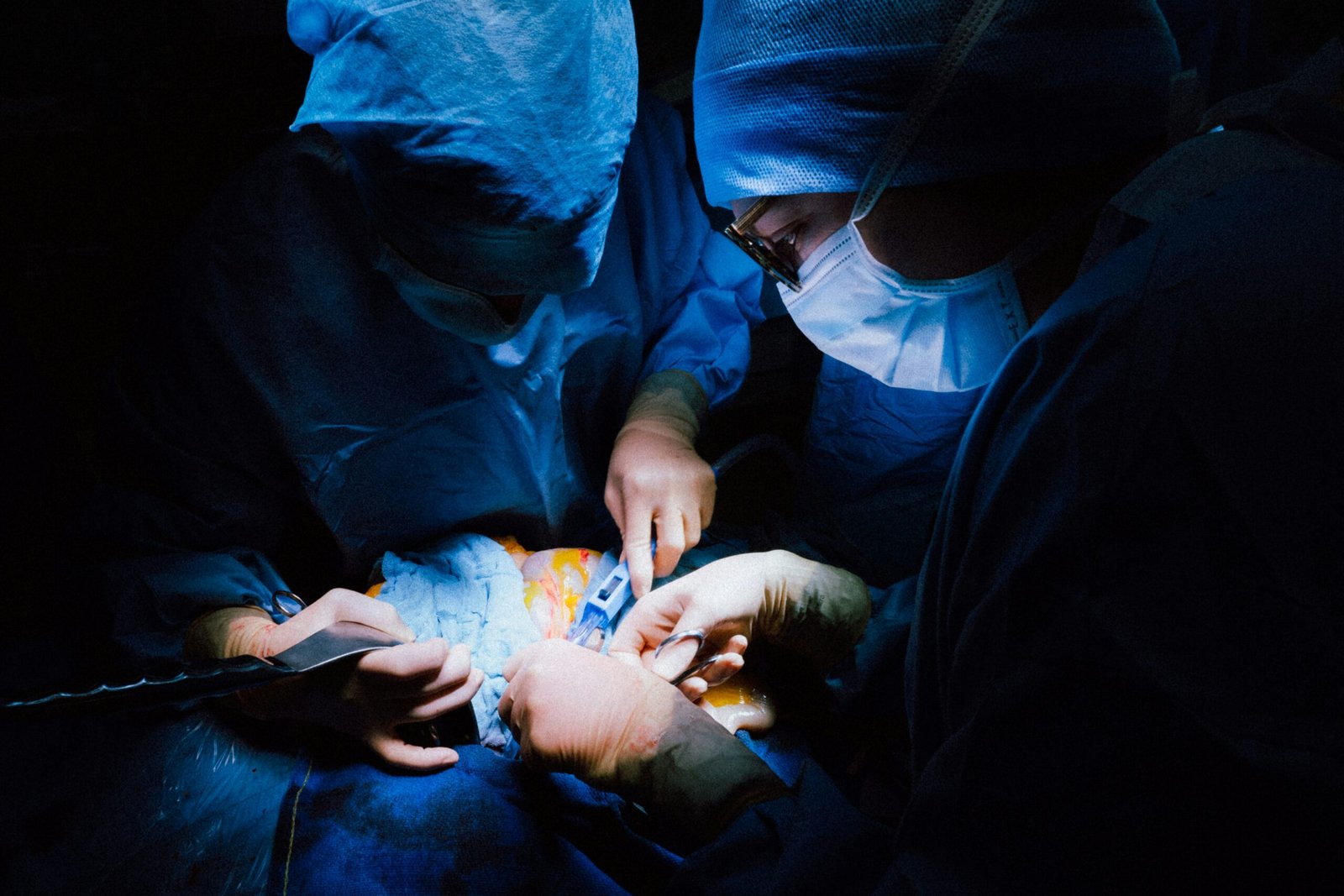HQ Team
September 10, 2024: Aaron James, 46, the first-ever person to undergo a combined whole-eye and partial face transplant, is doing well after almost a year after the surgery.
Aaron James said he has regained his power of taste and smell and can now enjoy his food in an NYU Langone news release. “All in all, though, this has been the most transformative year of my life. I’ve been given the gift of a second chance, and I don’t take a single moment for granted.”
James suffered a high-voltage electrical accident at work in 2021. A deadly 7,200 voltage wire touched his face an left it totally mangled with the loss of his left eye, half his face and jaw.
No rejection
In a 21-hour surgery performed in May 2023, an NYU Langone Health surgical team transplanted an entire left eye and a portion of a face from a single donor onto James. The surgery involved a team of more than 140 surgeons and health care professionals.
“We are truly amazed by Aaron’s recovery, with no episodes of rejection,” said senior study author Dr. Eduardo Rodriguez, director of the Face Transplant Program and chair of plastic surgery at NYU Langone. “Our methodical approach to the matching process, ensuring that Aaron received the most favorable donor match, along with our unique immunosuppression regimen, has set the standard for eliminating and avoiding early rejection episodes.”
Stem cell eye nerve regeneration
James’ new left eye has not regained vision, his doctors report. However, the transplanted eye has maintained normal pressure and blood flow over time, and the eye is light-sensitive. The doctors had tried to induce nerve regeneration in the left eye’s optic nerve through an injection of stem cells. But it has not worked.
“We’ve done the work to transplant an eye. We now need to do more work in understanding how to restore sight to the eye,” Rodriguez said.
“The first challenge is successfully transplanting an entire eye into a new human and keeping that eye alive without rejection — a feat Dr. Rodriguez and the NYU Langone team have achieved,” said Paul Glimcher, director of NYU Langone’s Neuroscience Institute.
“The next hurdle is preserving the nerve cells in the eye during the transplant process, and in this case, it’s remarkable that some parts of the retina have survived over the past year,” Glimcher said. “The critical task ahead is to ensure that all of the eye cells survive the transplant, which is essential for restoring connections to the brain. That is the fundamental requirement for vision, as sight is primarily a function of the brain, not just the eyes.”
Corneal transplants for regaining eyesight are common, a whole eye transplant is a novelty and has been done for the first time here.
This is the fifth face transplant performed under Rodriguez and the first known whole-eye transplant ever done.
“The aesthetic outcomes and quality of life this procedure has provided to Aaron should not be overshadowed,” said lead study author Dr. Daniel Ceradini, director of research and an associate professor in the NYU Langone Department of Plastic Surgery. “He has regained many elements of life he lost after the 2021 injury, and that’s our ultimate goal.”
The case study is published in JAMA.


